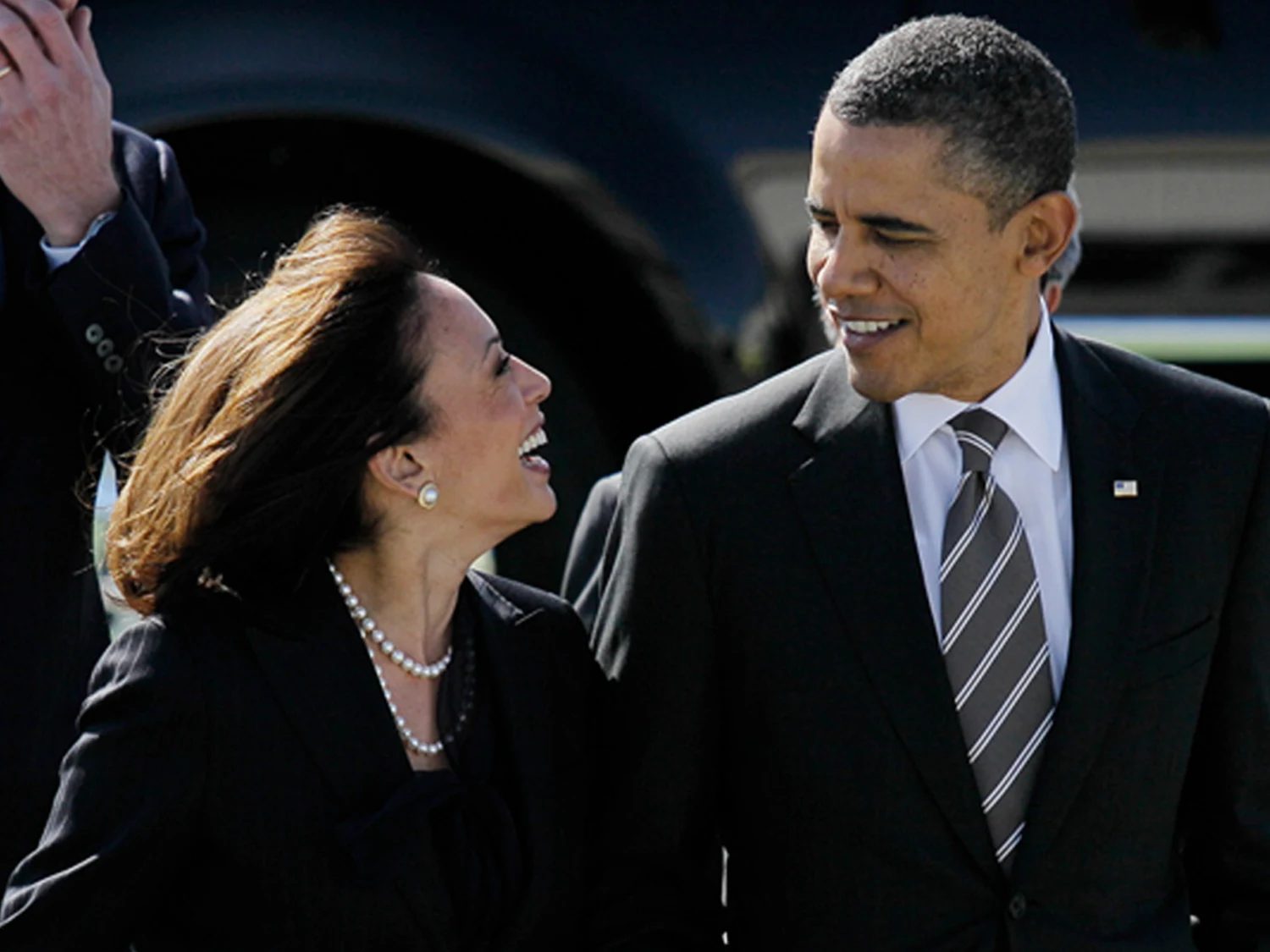The US economy expanded at a slightly faster rate than previously estimated in the final quarter of 2024, driven by higher net exports, increased government spending, and stronger business investment.
According to the Bureau of Economic Analysis (BEA), gross domestic product (GDP) grew at an annualized rate of 2.4% from October to December, up from the prior estimate of 2.3%.
Consumer spending, which makes up about two-thirds of GDP, grew at a revised rate of 4.0%, slightly lower than the initial estimate of 4.2%. Other economic indicators also showed a mixed picture:
Gross Domestic Income (GDI): Increased by 4.5%, a significant rise from the 1.4% increase in the third quarter.
Residential Investment: Grew at a 5.5% rate, up from the previous estimate of 5.4%.
Nonresidential Investment: Declined by 3.0%, though this was an improvement from the earlier estimate of a 3.2% drop.
The combination of GDP and GDI, often used to provide a broader view of economic performance, averaged 3.5% growth for the quarter—the highest in a year.
Despite the stronger-than-expected fourth-quarter performance, economists anticipate slower growth in 2025. Many analysts cite factors such as consumer caution, potential trade policy shifts under the Trump administration, and global economic uncertainty as reasons for a possible economic slowdown. Wall Street firms, including Goldman Sachs and Morgan Stanley, have lowered their growth forecasts for the coming months.
Additionally, first-quarter 2025 estimates suggest that GDP growth could drop to 1.5% or lower. A mix of factors—including a sharp cold snap, post-holiday consumer spending pullback, and trade policy uncertainty—are seen as contributing to this expected slowdown.
The Federal Reserve’s preferred inflation measure, the personal consumption expenditures (PCE) price index excluding food and energy, was revised down to 2.6% for the fourth quarter. This indicates that inflation pressures may be easing slightly.
Meanwhile, corporate profits rebounded in the fourth quarter, increasing by $204.7 billion, following a decline of $15.0 billion in the previous quarter. This suggests some resilience in business earnings, even as investment activity remains uneven.
Bloomberg, Market Watch, and BEA contributed to this report.










The latest news in your social feeds
Subscribe to our social media platforms to stay tuned